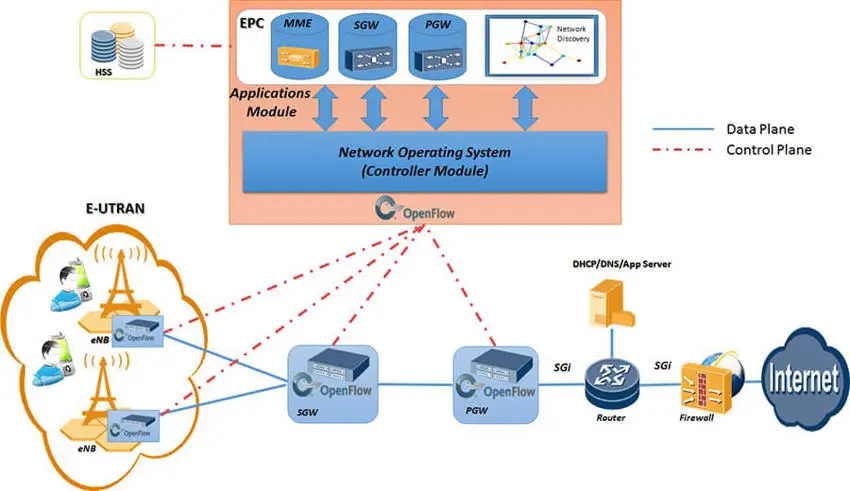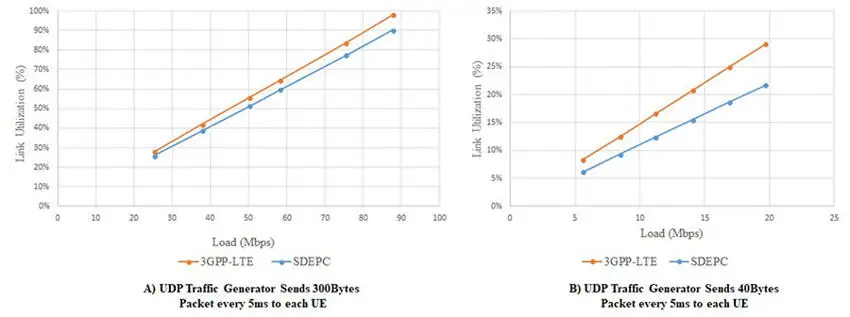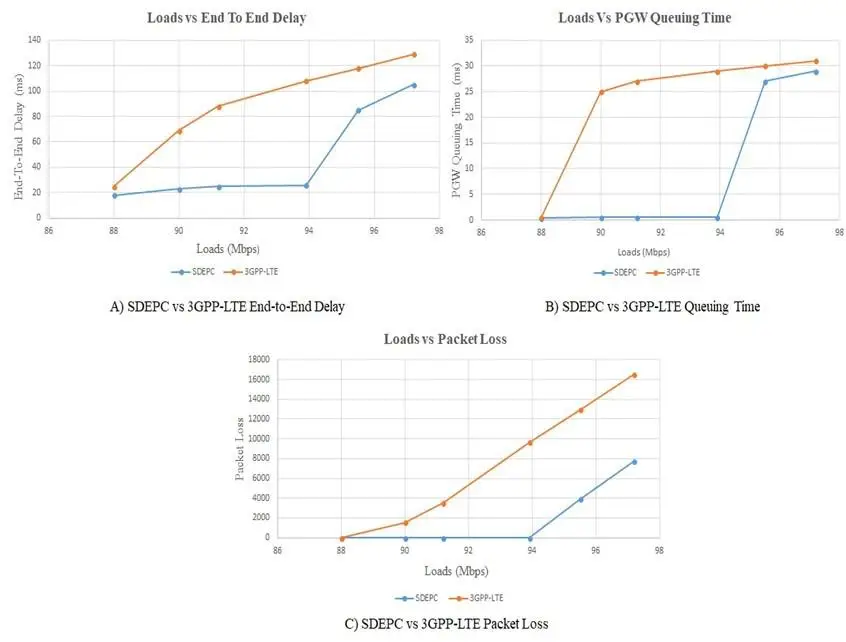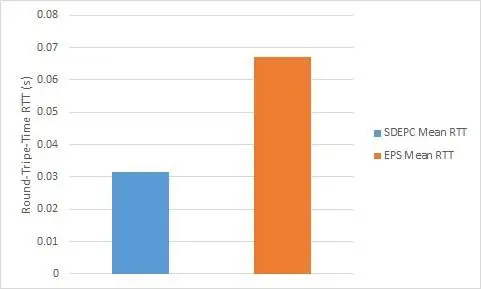In recent years, the world has witnessed a massive growth in mobile broadband traffic, due to increasing numbers of connected devices, such as smartphones and tablets.
Customers’ expectations for high-speed mobile broadband are on the rise as people rely more and more on real-time mobile applications, high-quality video content, cloud-based services and expected to stay connected anytime, anywhere. The existing cellular network suffers from inflexible and expensive equipment, complex control plane protocols, and vendor specific configuration interfaces.
This research designed an improved mobile Evolved Packet Core (EPC) architecture, called Software Defined Evolved Packet Core (SDEPC) which utilises Software Defined Networking (SDN) to introduce an abstraction layer separating the control plane from the underline data plane of 3GPP EPC. This architecture provides centralised control, programmable forwarding entities, and a highly flexible and scalable way to deploy new applications and services. As a result, it provides better performance in terms of mobility management and signalling utilisation with the advantage of low cost, less complex system implementations, and ease of network management and operation.
The proposed architecture consists of:
- centralized controller with high-level intelligent, control and configuration programmes (MME, SGW, PGW, network discovery) that specify the behaviour of an entire network
- forwarding plane represented by several OpenFlow switches, and enhanced eNodeB equiped with OpenFlow switch to send and receive OpenFlow messages to/from the controller.
The architecture leverages the centralised view feature of the SDN network to handle user traffic during mobility without implementing GTP tunneling used by 3GPP standards.
 Software Defined Evolved Packet Core network
Software Defined Evolved Packet Core network
 Load Vs Link Utilization
Load Vs Link Utilization
 System performance comparison result
System performance comparison result
 EPS vs SDEPC Mean Round-Trip Time (RTT)
EPS vs SDEPC Mean Round-Trip Time (RTT)
Publication:
Mukhald Salih, Nawar Jawad, John Cosmas “Simulation and Performance Analysis of Software-Based Mobile Core Network Architecture (SBMCNA) using OMNeT++” IEEE International Symposium on Broadband Multimedia Systems and Broadcasting, June 5th – 8th 2018, Valencia, Spain ©2018 IEEE
Meet the Principal Investigator(s) for the project

Professor John Cosmas - I joined Brunel University in 1999 and soon became the leader of the Multimedia and Networks group. I have a BEng in Electronic Engineering from Liverpool University (1978) and a PhD in Image Processing from Imperial College (1987). Prior to Brunel, I worked as an electronic engineer at Tube Investments (1978-81) and at Fairchild Camera and Instrument Corp. (1981-83), and as a lecturer at Queen Mary College, University of London (1986-99).
Over the years, I have been at the forefront of research in the areas of digital multimedia TV, 2D/3D digital media with 3D virtual and augmented reality, and 3D TV, as well as digital media delivery and transmission networks. My current 5G research adventure focusses on the internet of radio light and the integration of digital media in the radio-light internet of small family homes, multi-occupancy high rise homes, buildings with public access (museum demonstrator) and public places (train station and supermarket demonstrators). Our research approach interweaves the digital design with the architectural interior design of spaces and the electronic design of the light roses.
Future plans include research related to the interactive and tactile internet and the development of digital media for specific interactive, tele-driven applications.
Partnering with confidence
Organisations interested in our research can partner with us with confidence backed by an external and independent benchmark: The Knowledge Exchange Framework. Read more.
Project last modified 14/07/2021